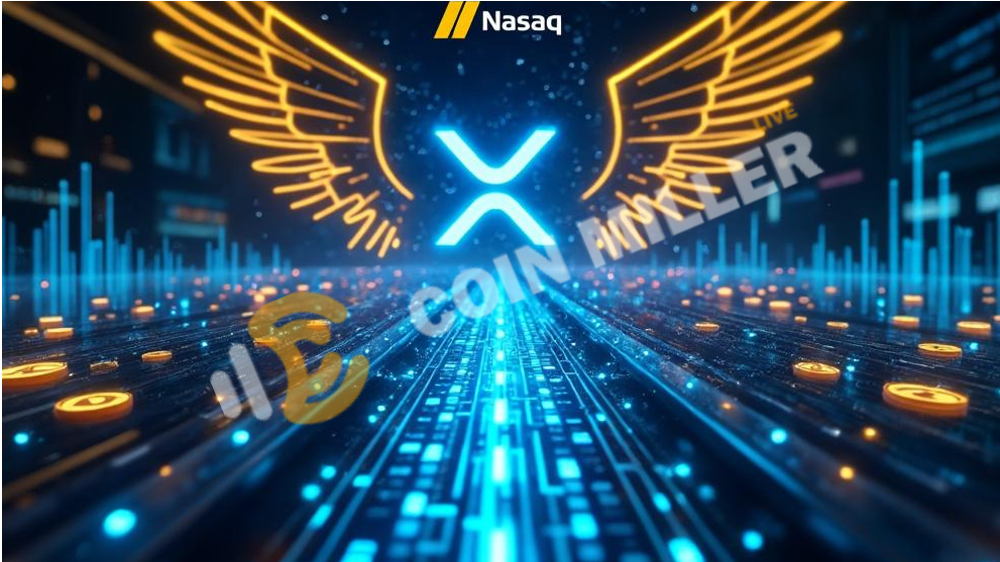XRP ETF Makes Market Debut
Canary Capital has successfully launched the first exchange-traded fund providing direct spot exposure to XRP, marking a significant expansion beyond the current crypto ETF offerings that have primarily focused on bitcoin, ether, and solana. The fund began trading today on the Nasdaq under the ticker symbol XRPC, representing what I think could be a meaningful step forward for institutional crypto adoption.
This development comes as XRP shows modest gains of about 2.5% over the past 24 hours, reaching approximately $2.46 per token. More notably, the asset has climbed nearly 8% over the last week, outpacing most other major cryptocurrencies during that period.
Regulatory Framework and Structure
The XRPC ETF operates under the Investment Company Act of 1940, which imposes specific regulatory requirements including the mandatory use of qualified custodians to hold the underlying XRP assets. This structure provides traditional investors with exposure to XRP and potential network-generated rewards through standard brokerage accounts, eliminating the need for direct crypto management.
Canary Capital wasn’t alone in pursuing this opportunity—Bitwise, Franklin Templeton, and 21Shares had all filed similar applications for spot XRP funds. But Canary managed to cross the finish line first, perhaps benefiting from timing or regulatory readiness.
Broader Implications for Crypto ETFs
Steven McClurg, CEO of Canary Capital, emphasized the significance of this development in a statement, noting that XRP represents one of the most established digital assets globally. He suggested that ETF accessibility could drive the next wave of adoption for the Ripple payment network and its underlying technology.
What’s interesting here is how the fund incorporates yield features tied to blockchain participation, despite XRP operating on a consensus mechanism different from proof-of-stake networks like Ethereum. This positions XRPC as part of an emerging category of digital asset funds that combine crypto exposure with potential income generation.
Evolving Investment Landscape
The launch reflects ongoing evolution in how crypto products are packaged for traditional markets. We’re seeing issuers and regulators testing new approaches to incorporate blockchain-native features—things like staking or yield mechanisms—into regulated investment vehicles designed for broader market access.
This isn’t just about adding another crypto to the ETF menu. It represents a gradual shift in how traditional finance integrates with blockchain ecosystems, though the long-term implications remain to be seen. The success of XRPC could potentially influence how regulators view similar products for other digital assets.
For now, investors have a new way to participate in the XRP ecosystem without the technical complexities of direct crypto ownership. Whether this becomes a template for future crypto ETF launches or remains a niche offering will depend on market reception and regulatory developments in the coming months.







